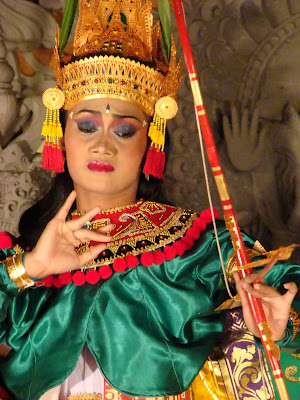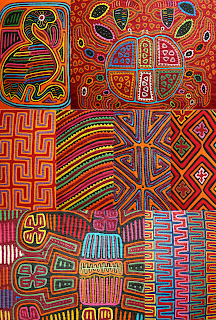Emily Taylor is currently traveling in Southeast Asia. We are happy to share her recent report:
Hello all, here's our story from week 1 in Vietnam/Cambodia...
We almost missed our connection when we arrived in the Tokyo airport because, though we had an hour and a half layover, we had to go through another level of security where there was only one lane open. Finally someone came around with our flight number to help us to the front of the line so we could make our flight. We made it with 10 minutes to spare!
We arrived in Saigon around 9:30 PM and were ushered to our hotel. The city was still bustling and crazy (as it is at every hour) with various cars, buses, motorbikes, and people in general. We put our stuff down and walked a few blocks to find delicious tomato & shrimp cake noodle soup from a street food cart where we sat at a plastic table with stools about 10 inches off the ground (the lower to the ground you sit, the cheaper the food). The meal was about 80 cents each, score. Turns out, the best food is always on the street.
Day one in Saigon consisted of wandering about the streets in search of the notorious Lunch Lady (as seen on Anthony Bourdain). She makes a different soup everyday with anything from pig blood to other exotic meats and vegetables in it. We don't know exactly what went into our lunch, but it was so yummy--the best meal we've had so far on the trip. We then got massaged by the blind for $3 each, which was an experience in itself. The rest of our day consisted of more wandering and more eating...small/large dumplings, pork banh mi sandwiches, more soup, and we finished the evening with traditional snails and beer on the street.
Day two we took a series of buses and finally made it out of the city...praise Buddha. After 7 hours of bus time, we made it to Chau Doc, a small city in the Mekong Delta near the Cambodian border. Our first hotel had mice turds all over the walls and prompted the move to a much better and cleaner place for pennies more. Out on the town for more noodle soup, this time with fish in it. We enjoyed some beers next to the river, watching the boats and river life pass by.
Day three we impulsively jumped on a boat at 7AM up the Mekong to Cambodia. We had a quick and smooth water border crossing and a nice day of chilling on the boat (yes, ukulele was played). We originally planned to skip Phnom Phen, but were exhausted after a long day of travel, and decided to stay the night. We were very glad to have spent the evening in the city as it was pretty darn cool. There were lots of beautiful temples, including the Royal Palace, and fun wandering all over the place.
Day four/five we took a minibus to Siem Reap which is the closest town to the Temples of Angkor. It's a bit touristy, but a very pleasant place to spend a few days in Cambodia. We found an amazing wooden hotel with an open air lounge area and a super friendly host, Dahlin (Darling with that Boston accent, we like to think). We wandered around the market in town and on the hunt for coffee, we stumbled into a cinema-cafe before dodging the approaching vicious downpour. The cafe was full of rainbow colored lawn chairs all facing the 5 TVs with various programming (Animal Planet, Asian music videos, WWE wrestling, soccer, and the feature film--a crazy Japanese film we could barely understand). Emily was the only female there. The Khmer food is delicious and the temples around Angkor are stunning. We had a long day of biking (about 30K) around the temples and countryside yesterday including lots of rice paddies, water buffalo, and children selling their postcards.
Today we are lounging around the town. Later tonight we'll take the night bus to Saigon, then fly north to Hanoi and venture out to Ha Long Bay and the Sapa region before hopping a train back down the coast.
We really love Cambodia and the people here speak great English and are very friendly. Can't wait to see Northern Vietnam!
Love,
Emily and Aaron





























